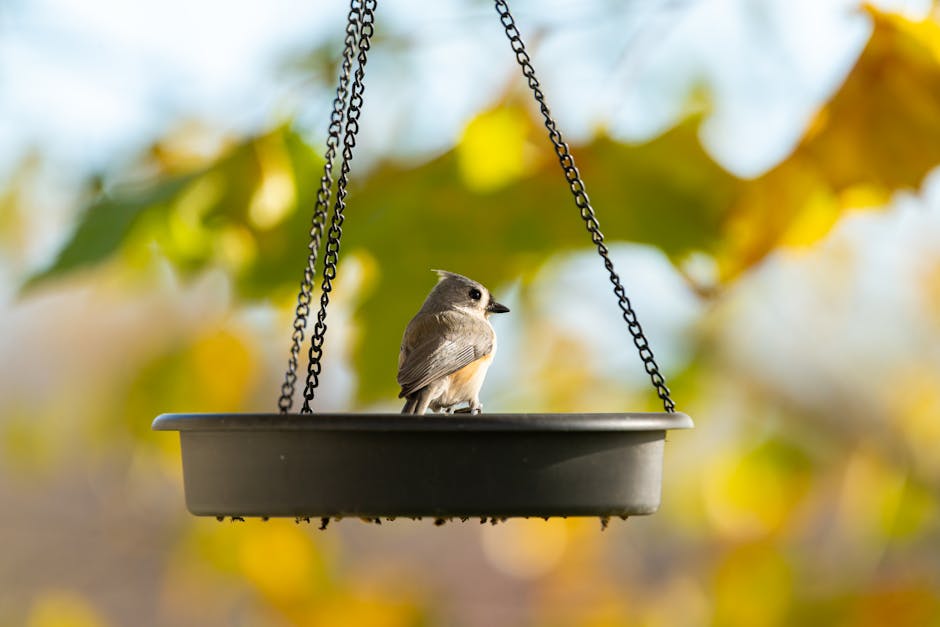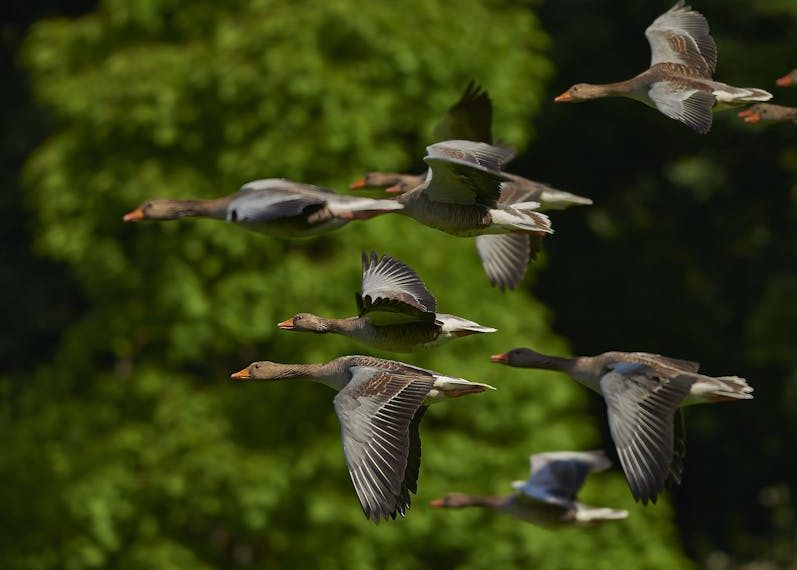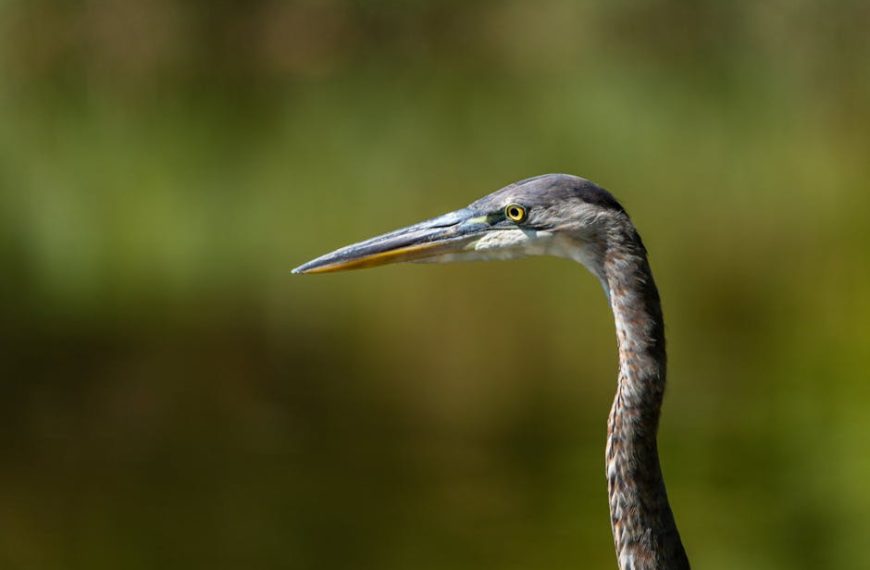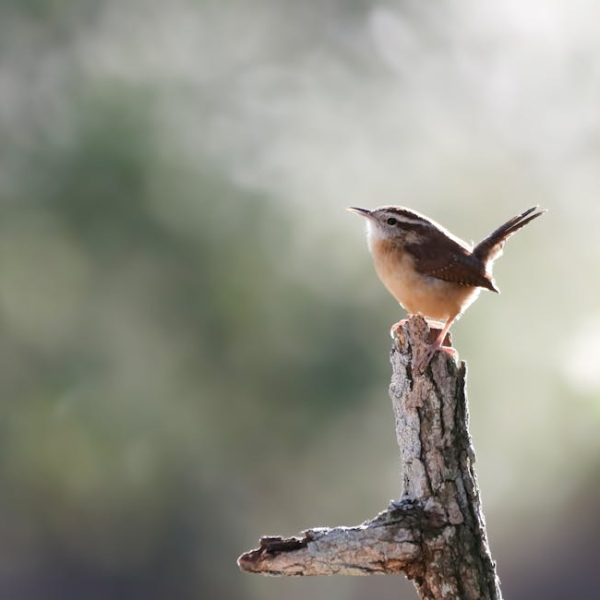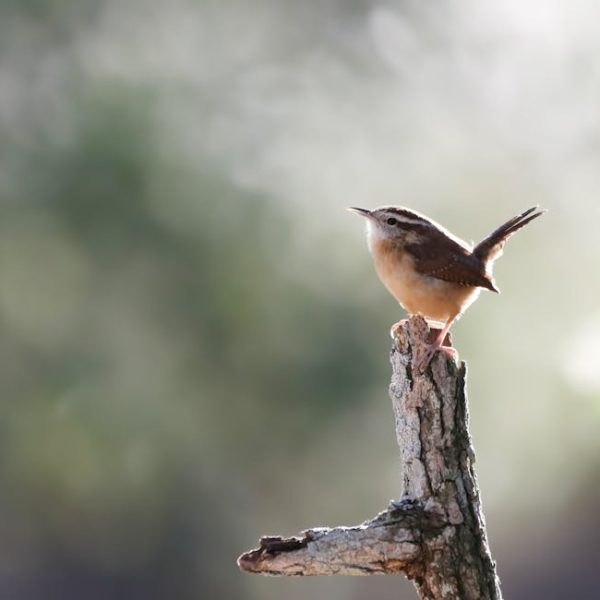The joy of observing birds in their natural habitat can swiftly become frustration when they begin to mark their territory on your patio furniture. Not only do bird droppings tarnish the appearance of your furniture, they can also pose health hazards. Thankfully, there are effective steps you can take to deter these high-flying guests from their messy habit. This article will explore various mechanisms to understand and control this behavior, while also looking into bird-friendly alternatives, cleaning tips, and long-term patio maintenance strategies.
Understanding Why Birds Choose Your Patio Furniture
The first step in rectifying this issue involves understanding why birds favor your patio furniture. Birds are drawn by sources of food or spaces which they consider safe for nesting or perching. Apart from this, birds may perceive your patio as a strategic lookout spot to keep an eye on predators.
Factors leading them towards your patio may include:
- Easy access to food sources like pet dishes or bird feeders.
- The height of the patio and furniture serving as excellent observation points.
- If patio furniture or its surrounding area mimics their natural nesting spaces.
Pro Tip: Interestingly, some classes of birds use their droppings as a way of declaring territory. Removing their droppings promptly may discourage them from returning.
Using Deterrents to Keep Birds Away
A well-selected deterrent can keep birds at a safe distance from your patio furniture. The market offers a wide array of physical barriers, noise devices, and sprays engineered specifically to deter birds from landing on your patio furniture.
| Deterrents | Pros | Cons |
|---|---|---|
| Netting | Creates a physical barrier | Can disrupt patio aesthetics |
| Spikes | Prevents landing | Not suitable for all furniture types |
| Repellent Sprays | No physical setup needed | Might need frequent reapplication |
Best practices: The effectiveness of a deterrent is dictated by its timely and correct application. For instance, repellent sprays work best when birds begin to perch on your furniture, letting the dislike for the scent settle in early. Moreover, opting for a humane deterrent is key – causing harm can lead to legal complications and upset the local ecosystem.
(h2>Opting for Bird-Friendly Alternatives
If you appreciate the presence of birds minus the mess, consider providing them with viable alternatives to your patio furniture. Bird-friendly architecture such as birdhouses or feeders, placed a reasonable distance away, can divert their attention.
Checklist:
- Identify the types of birds frequenting your patio.
- Choose an alternative solution suitable for their size and habits.
- Install these away from your patio but within their sight.
Pro Tip: Personalizing the alternatives to cater to the needs of these specific birds will significantly improve this strategy’s efficacy. For instance, robins prefer open platforms whereas sparrows favor enclosed birdhouses.
Cleaning Tips for Bird Droppings on Patio Furniture
Equally important to deterrents is a good cleaning strategy. Different types of patio furniture materials require different cleaning products and techniques. However, the most important aspect is to act promptly, as waiting too long allows the bird droppings to harden and penetrate the material.
Here are a few commonly used cleaners:
- Vinegar: An ideal solution for metal and wood furniture, vinegar can be dilute with water to clean bird droppings without damaging the material.
- Baking soda: Effective for removing bird droppings from glass and plastic furniture. Create a paste by combining baking soda with a small amount of water.
- Commercial solutions: These are specially formulated to remove various types of outdoor stains, including bird droppings, making them a reliable choice for any patio furniture material.
Best practices: Make it a habit to check your patio furniture for bird droppings every day, especially during the seasons when birds are more active. If you can remove the droppings right away, they will be less likely to stain.
Maintaining a Bird-Proof Patio
The ultimate objective of these efforts is to maintain a clean, bird-proof patio without disturbing the aesthetics of your space or the coexistence with birds. Consistent application of deterrents, regular cleaning and preventative maintenance, along with bird-friendly alternatives are key in this endeavor.
Let’s review the long-term effectiveness of these strategies:
| Strategies | Effectiveness |
|---|---|
| Deterrents | High when applied correctly |
| Outdoor Cleaning Routine | Medium based on how promptly stains are addressed |
| Bird-friendly Alternatives | Highly effective when tailored towards the frequent birds |
Pro Tip: Seasonal changes influence bird behavior. It’s important to understand these patterns and adapt your strategies accordingly to keep your patio clean and inviting.
Checklist:
- Regularly check your patio for bird droppings.
- Reapply deterrents as needed, such as after heavy rains or strong winds.
- Clean your patio and furniture regularly to prevent staining.
- Maintain bird-friendly alternatives, replace food and clean for potential pests.
Keeping your patio furniture clean from bird droppings can feel daunting, but with the right understanding, a good strategy and some regular maintenance, you can enjoy a bird-free, clean patio throughout the year. Don’t forget, it’s also about finding that sweet spot where you and your feathered friends can peacefully coexist!
Key Takeaway:
- Understanding the reasons why birds choose your patio for perching or nesting can help in devising effective strategies.
- Deterrents vary from physical barriers, sprays, and sounds, with each having its own pros and cons.
- Offering bird-friendly alternatives might help in diverting birds away from your patio.
- Cleaning bird droppings promptly and efficiently can prevent permanent stains on your furniture.
- A consistent combination of deterrents, cleaning, and bird-friendly alternatives is the key to a bird-proof patio.
Remember, patience and persistence is key to maintaining a clean, comfortable patio space. With the right strategy and regular follow-through, it is possible to co-exist peacefully with our feathered friends without bearing the brunt of their messy habits.
FAQs
Q: What are some natural deterrents I can use to keep birds away from my patio furniture?
A: Natural scents like peppermint and eucalyptus oil can be effective. Some birds are also deterred by shiny, reflective objects that create random light reflections.
Q: What are the potential health risks associated with bird droppings?
A: Bird droppings can carry diseases such as salmonella and E. coli. They can also exacerbate allergy symptoms and create a slip hazard when wet.
Q: How can I identify the types of birds frequenting my patio?
A: Bird identification guides, online resources or local bird watching clubs can help you identify the species. Also, observing their shape, size, colors, and behaviors can provide clues.
Q: Why should I choose a humane deterrent for birds?
A: Humane deterrents are intended to keep birds away without causing harm. It’s not only the ethical choice, but harming birds can also lead to legal penalties in many areas.
Q: Are commercial cleaning products safe for all types of patio furniture?
A: Always check the product instructions before using any commercial cleaning products. While most are safe for a variety of materials, some may cause discolouration or damage to certain furniture finishes.
Don’t hesitate to share this helpful information with others, and explore our website for more articles that help you create and maintain a home environment that is comfortable and inviting for everyone – including our feathered friends.
